Though reclaimed wood flooring is nothing new, we still had some lingering questions: Is it really eco-friendly? Where exactly does the wood come from? And perhaps most importantly, is reclaimed wood flooring a trend that’s already had its day?
To find out, I spoke with Craig Margolies, cofounder of the Hudson Company—an FSC-certified mill that sources reclaimed wood from throughout the Eastern Seaboard, plus newly harvested wood from local private landowners. He spoke with me from the company’s Brooklyn showroom (there’s another in Manhattan). Read on for Craig’s take.
Photography by Gentl & Hyers, courtesy of the Hudson Company.
Where does reclaimed wood flooring come from?

Its industrial wood comes from turn-of-the-century warehouses, water tanks, and factories. It’s generally available in larger dimensions (both width and length), and dominant species are heart pine, similar softwoods such as cedar and redwood, and sometimes maple. This wood has a more contemporary feel to it, and is a newer offering in the reclaimed wood market.
Why choose reclaimed wood flooring?

Are there any practical benefits to using reclaimed wood for flooring?

That said, a reclaimed wood floor might encourage its owner to embrace new patina. We installed a reclaimed wood floor in a Brooklyn row house belonging to a family whose kids use the floor heavily: They play soccer on it, host parties, and do arts and crafts, and it’s perfect for them. The family is not stressed when the floor is marred or damaged. To them, it’s new “soul” adding to the patina of the wood.
Is reclaimed wood flooring just a trend?

There’s no doubt that reclaimed wood has had its pinnacle moment. It’s the star of a certain “coffee shop aesthetic” that isn’t right for every home.
How can I use reclaimed wood flooring if I don’t want a farmhouse look?
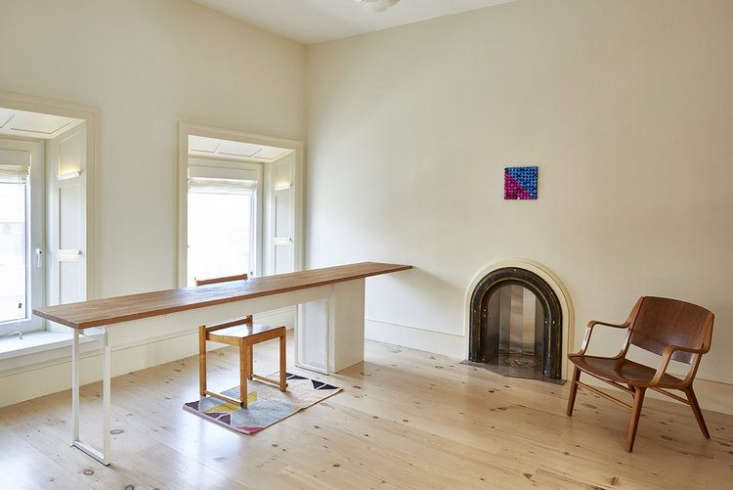
We used reclaimed heart pine in the Whitney Museum in New York City. When used in more traditional spaces, heart pine has a lot of reds and yellows in it. But we gave it a chalk matte finish that removes some of those tones and enhances the whites within the wood. That gives is a very modern tonality, almost a Scandinavian flavor.
As an alternative approach, in my eyes a lot of innovative modern designers are taking the texture and character of reclaimed wood and introducing it into spaces where it wasn’t there historically. Some designers will use a reclaimed agrarian oak flooring in a high-design, modern space, because the character of the reclaimed wood offers a compelling juxtaposition to crisp, modern lines.
How can I ensure that a reclaimed wood floor will be timeless?
I suggest looking to history when thinking of timelessness. If you’re remodeling an old structure, you’re guaranteed timelessness if you use the species of wood that would have been used in your home originally. It will always belong there, and that’s a feeling that people can capture pretty quickly when they’re in a space.
Sometimes, we’ll take a beam or other wood from a site that’s being gut renovated, and turn that wood into flooring for the new occupants. That floor has an emotional tie to the history of the building.
Specialty floor patterns such as herringbone, chevron, and parquetry will always be timeless designs: They are used in chateau-style French homes and in high-concept modern houses—they fit in both places. And using a reclaimed oak in a pattern like that will inject a lot of soul and history into the floor; using a new-sawn wood in these kinds of patterns can read as awkward or on-trend.
Is reclaimed wood more eco-friendly than newly milled wood?

How does reclaimed wood flooring compare to newly milled wood flooring, price-wise?

Is there any industry lingo we should know?
It’s helpful to know the difference between original face and new face wood. The original face is essentially the outside of any reclaimed plank or beam. Its patina is derived entirely from its history; we will brush it, clean it, and mill it to be installed as flooring, but the texture and patina the wood has gained over time is at the forefront.
New face is the interior of that same plank or beam. The history you will see is anything that might have affected the interior of the beam, such as nail holes, drying fractures, and deep stains. There is some evidence of history, but at the forefront of new face wood is the tone and characteristics of the actual wood species.
For much more on wood flooring, see Remodeling 101: A Guide to the Only 6 Wood Flooring Styles You Need to Know. And for more remodeling queries answered, see:
- Remodeling 101: A Guide to the Only 6 Kitchen Cabinet Styles You Need to Know
- Remodeling 101: A Primer on Kitchen Countertops
- Remodeling 101: A Low-Maintenance Guide to Maintaining Soapstone Countertops
N.B.: This post is an update; the original story ran on June 16, 2017.
Frequently asked questions
What is reclaimed wood flooring?
Reclaimed wood flooring is made from salvaged wood planks that have been taken from old buildings, barns, warehouses, and other structures that are no longer in use. This wood is typically more durable and has a unique character compared to new wood flooring.
What are the benefits of using reclaimed wood flooring?
Reclaimed wood flooring is an eco-friendly and sustainable option that is perfect for those who are looking to reduce their carbon footprint. It is also more durable and has a unique character compared to new wood flooring. Additionally, using reclaimed wood helps preserve history and adds a sense of authenticity to your home.
What makes The Hudson Company's reclaimed wood flooring special?
The Hudson Company's reclaimed wood flooring is special because they source their wood from historic sites and buildings all over the world, including Europe and the United States. They also mill their wood by hand, which creates a unique texture and look that can't be replicated by machine milling. Additionally, they offer a variety of finishes and treatments to customize the look of the wood to fit your style.
What are some tips for maintaining reclaimed wood flooring?
Reclaimed wood flooring requires some extra care to maintain its character and durability. It is important to clean up spills immediately, use furniture pads to prevent scratches and dents, and avoid using harsh chemicals or abrasive cleaners. Additionally, it is recommended to reapply a protective finish every few years to maintain the wood's appearance and protect against wear and tear.
Is reclaimed wood flooring more expensive than new wood flooring?
Reclaimed wood flooring can be more expensive than new wood flooring, but the cost varies depending on factors such as the type of wood, the size and complexity of the project, and the supplier. However, many people believe that the unique character and sustainability of reclaimed wood flooring is worth the investment.
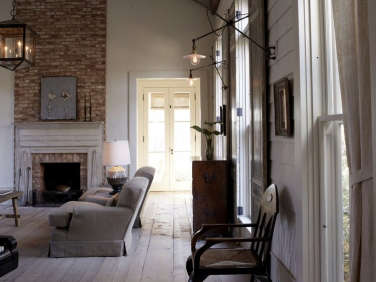
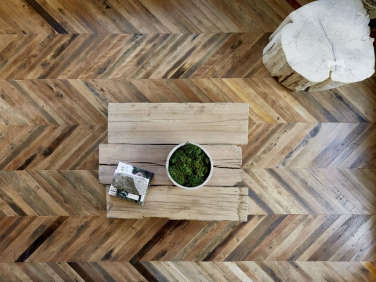
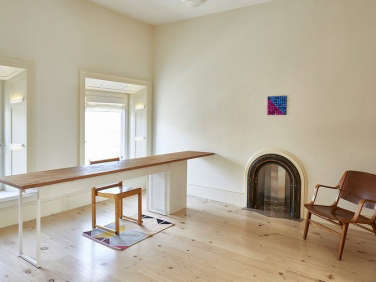
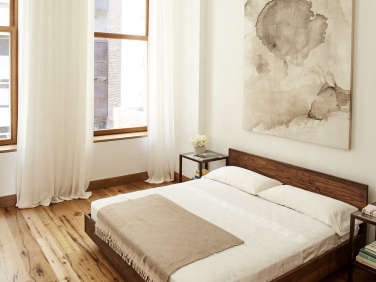
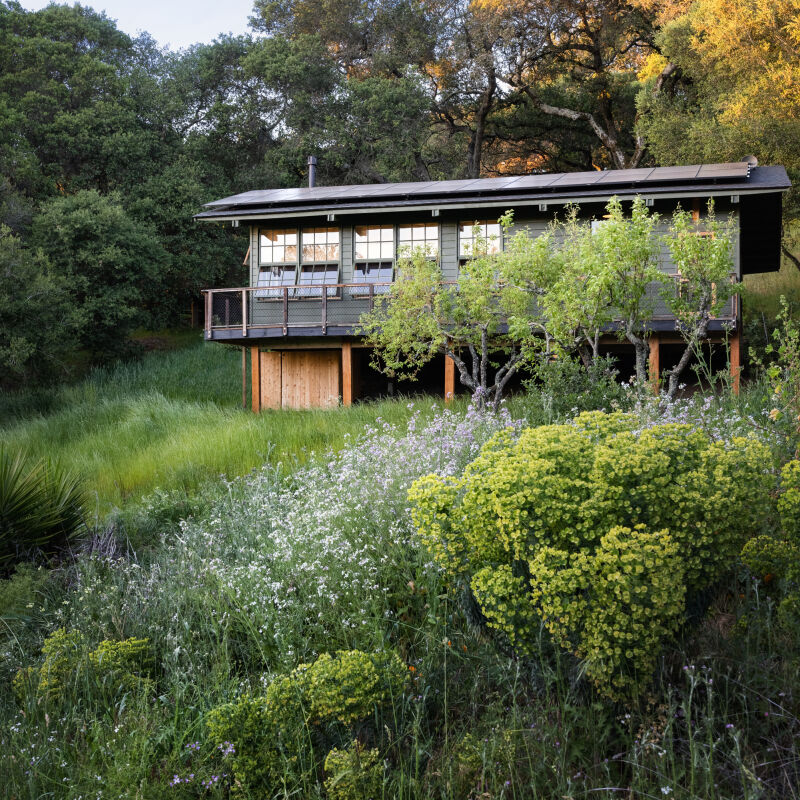
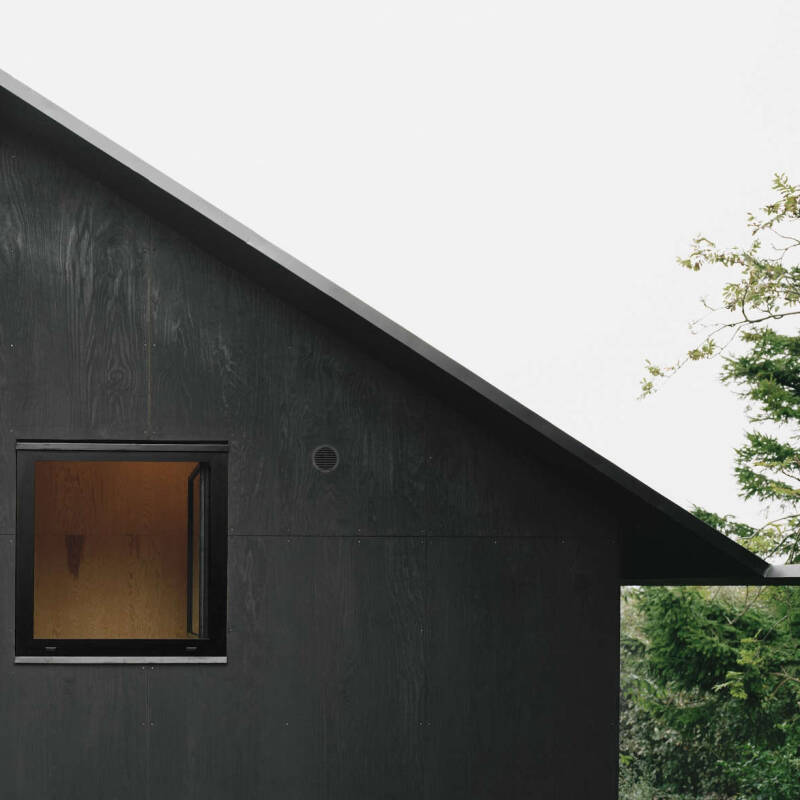
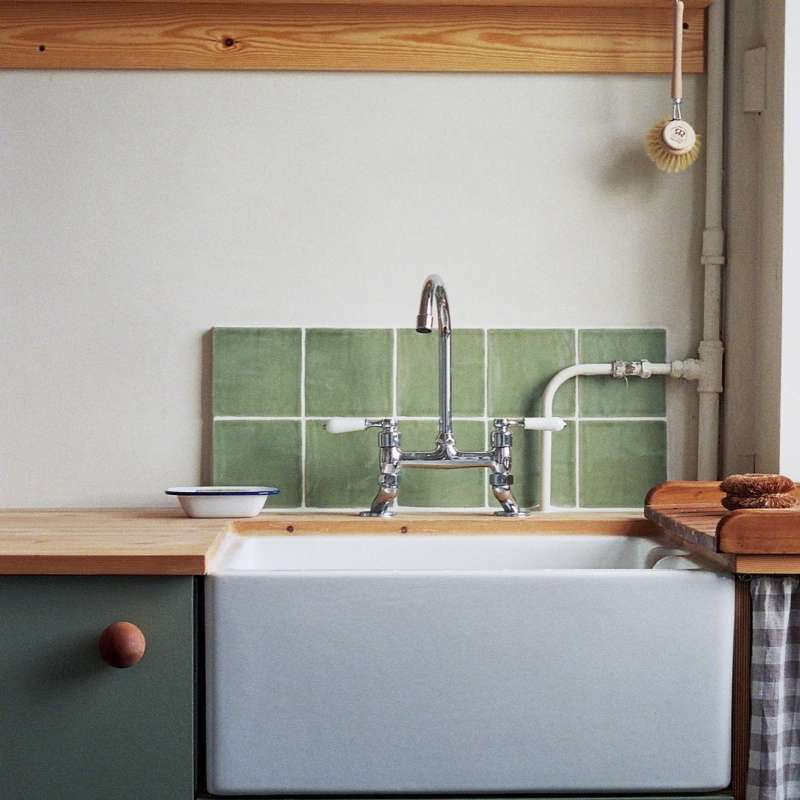



Have a Question or Comment About This Post?
Join the conversation